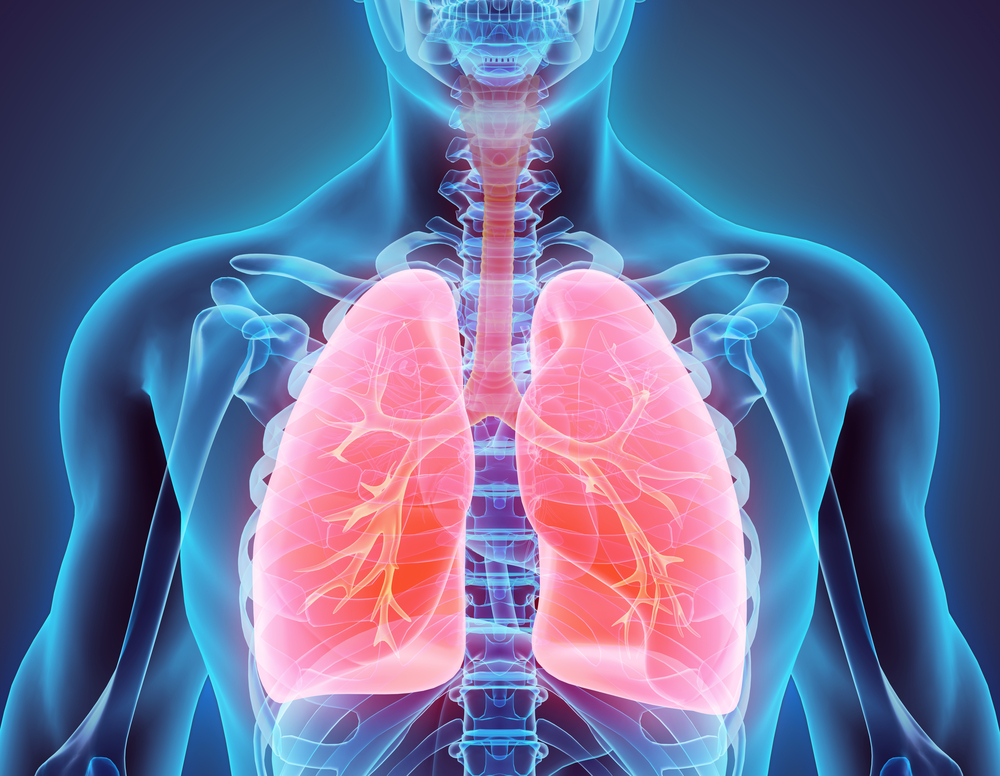Anti-cancer Therapy Sorafenib Reverses PAH in Rat Model, Study Reports

Research & DevelopmentTreatment with the approved anti-cancer medication sorafenib reversed pulmonary arterial hypertension (PAH) and cardiopulmonary remodeling (CPR) in a rat model, according to a new study. The findings suggest that a low-dose therapy with this compound may be successful in PAH treatment, the Japanese research team suggests.
The research, “Effects of toceranib compared with sorafenib on monocrotaline-induced pulmonary arterial hypertension and cardiopulmonary remodeling in rats,” was published in the journal Vascular Pharmacology.
Diverse studies have explored the potential of sorafenib — marketed as Nexavar by Bayer for the treatment of specific types of liver, kidney or thyroid cancer — and other inhibitors of the cellular enzyme tyrosine kinase (TK) as treatments for PAH.
Although studies in animal models showed that TK inhibitors eased right ventricular (RV) hypertrophy (enlargement) and improved blood flow, most have been done with high doses, which carry a greater risk of side effects.
Studies have shown that sorafenib has a beneficial effect in blood flow in patients with refractory PAH, as well as potent anti-remodeling benefits in rat models. Also, preclinical studies in diverse cell types reported that sorafenib improved autophagy — a cellular process that removes damaged proteins and structures critical for cell survival — raising the possibility of similar benefits in the lungs.
Another TK inhibitor is toceranib (marketed as Palladia by Zoetis for mast cell tumors in dogs) but it has not been evaluated in studies of PAH or CPR. According to the researchers, its structural and functional similarities with sunitinib (marketed as Sutent by Pfizer Oncology for multiple indications, including certain types of kidney and pancreatic cancer), a TK inhibitor previously tested in experimental and clinical PAH studies, support the assessment of toceranib as a potential treatment for the disease.
So, the research team compared PAH reversion with toceranib and sorafenib in the monocrotaline-induced rat model. The team also explored whether both compounds improved right ventricular blood flow, and determined the optimal dose of each potential medication for the treatment of severe PAH.
As the two therapies act on receptors controlled by a signaling pathway involving CXCL12 and its receptor CXCR4, the scientists also studied the role of this CXCL12/CXCR4 complex in PAH.
Rats received a 14-day oral treatment with three doses of sorafenib (10, 30, or 100 mg/kg) or toceranib (1, 3, or 10 mg/kg), or water (control group).
Ask questions and share your knowledge of PH in our forums.
Results showed that both compounds significantly reversed RV hypertrophy at the 10 mg/kg dose — sorafenib’s lowest and toceranib’s highest dose — but only sorafenib significantly improved systolic and mean (which also accounts for diastolic) right ventricular pressures.
Also, molecular biology analyses showed that sorafenib reduced, in a dose-dependent manner, the amount of messenger RNA (mRNA, which contains the information to make proteins) of B-type natriuretic peptide (BNP), a marker of heart failure. High BNP levels are associated with heart failure and other cardiac problems.
Sorafenib – at all doses – also lowered the percentage of muscularized (with muscle development) pulmonary artery, also an indication of PAH amelioration.
In turn, only the highest toceranib dose lowered BNP levels, while no dose reduced the portion of muscularized artery.
Treatment with sorafenib also led to a stronger inhibition of cellular mechanisms mediated by the vascular endothelial growth factor (VEGF) (a protein that favors the formation of new blood vessels, which is a hallmark of PAH) than with toceranib.
The data further revealed that sorafenib treatment lowered the mRNA levels of CXCR4 and boosted autophagy in the lungs.
Overall, the results suggested that unlike toceranib, sorafenib “significantly and dose-dependently reversed cardiopulmonary remodeling and PAH at even a low dose (10 mg/kg),” the researchers concluded.
The team believes that “a low-dose sorafenib therapy may be a suitable therapeutic agent for PAH.”







